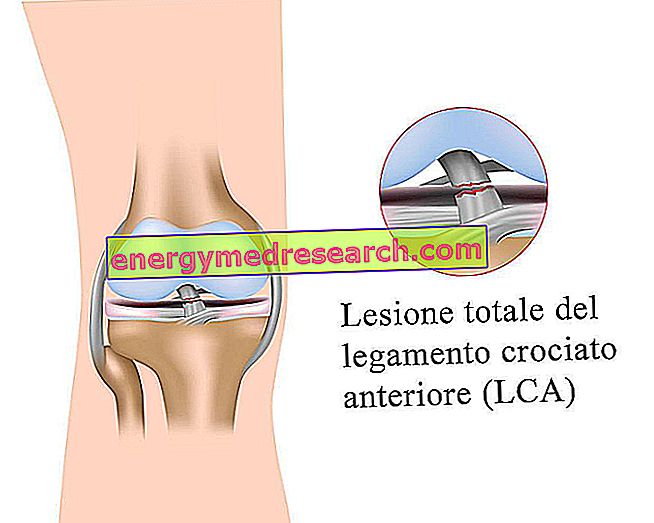
Scientific name
Ephedra sinicaFamily
EphedraceaeOrigin
ChinaSynonyms
Ma Huang
Used Parts
Drug consisting of the aerial parts of the plant
Chemical constituents
- Alkaloids (ephedrine and pseudoephedrine).
Ephedra in Herbal Medicine: Properties of Ephedra
Ephedra is a plant known in the West also with the Chinese name of Ma Huang, used as a tonic for the neuromuscular system and to enhance the performance of athletes (it is considered a doping substance).
The plant, together with caffeine, is also used for anorectic and slimming purposes, despite the known and documented side effects on the cardiovascular system and on the nervous system, possible interferences with other drugs or plants, and numerous contraindications.
Biological activity
The main chemical constituent of ephedra is ephedrine, a molecule with sympathomimetic properties. More specifically, this molecule is an agonist of alpha-1, alpha-2 and beta-2 adrenergic receptors.
Due to the interactions with these receptors, ephedrine is able to induce bronchodilation, vasoconstriction, hypertension, tachycardia, mydriasis, insomnia, dizziness, headache and agitation.
As regards pseudoephedrine, on the other hand, it also has activities similar to those of ephedrine, but is slightly less toxic than the latter.
Furthermore, both ephedrine and pseudoephedrine have decongestant properties that occur mainly at the level of the nasal mucosa. Not by chance, these molecules constitute the active principle of different medicinal products with decongestant action (the only use for which the use of these molecules has been officially approved).
In addition, ephedrine, until recently, was widely used in slimming products, thanks to its ability to accelerate the metabolism through the stimulation of catecholamine secretion. However, due to the danger deriving from the abuse of this substance for slimming purposes, its use in this area has been prohibited.
Ephedra in folk medicine and homeopathy
In folk medicine, ephedra is used to treat diseases of the respiratory tract (including asthma) and is also used as a stimulating remedy.
In traditional Chinese medicine, on the other hand, ephedra is used for the treatment of febrile diseases of various origins and nature, bronchial asthma, cough accompanied by dyspnea, edema, joint disorders and bone pains.
As far as homeopathic medicine is concerned, however, at the moment Ephedra sinica is not used in this context.
In fact, ephedra homeopathic remedy is obtained from the branches and flowers of Ephedra vulgaris and is used by homeopathic medicine in case of bronchial asthma, bronchitis, headache and dyspnea.
Contraindications
The contraindications to the use of ephedra are numerous. In particular, avoid using the plant or its preparations in the event of:
- Ascertained hypersensitivity to one or more components;
- Anorexia and bulimia;
- Depressive syndromes, anxiety states and behavioral disorders;
- Cachexia;
- Insomnia;
- Hyperthyroidism;
- Closed-angle glaucoma;
- Diabetes;
- Cardiopathies and / or arterial hypertension;
- BPH;
- Gastric ulcers;
- Convulsive disorders;
- Pheochromocytoma.
Furthermore, the use of ephedra is also contraindicated in pregnancy, lactation, children and the elderly.
Contraindications
The contraindications to the use of ephedra are numerous.
Avoid use in case of hypersensitivity to one or more components, anorexia, bulimia, depressive syndromes, cachexia, insomnia, hyperthyroidism, diabetes, prostatic hypertrophy, glaucoma, heart disease and / or arterial hypertension. Not recommended for children and the elderly.
Pharmacological Interactions
- thyroxine;
- synephrine;
- caffeine;
- yohimbine;
- theophylline;
- hypotensive drugs: it can reduce their effectiveness;
- antidepressants;
- reserpine.
Warnings
Numerous cases of death from ephedra intake are reported in the literature, due to hypertensive crises and / or arrhythmias. Ephedra today is not used for medicinal purposes as such, not even in the treatment of bronchial asthma.



